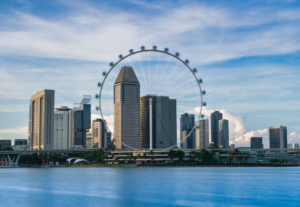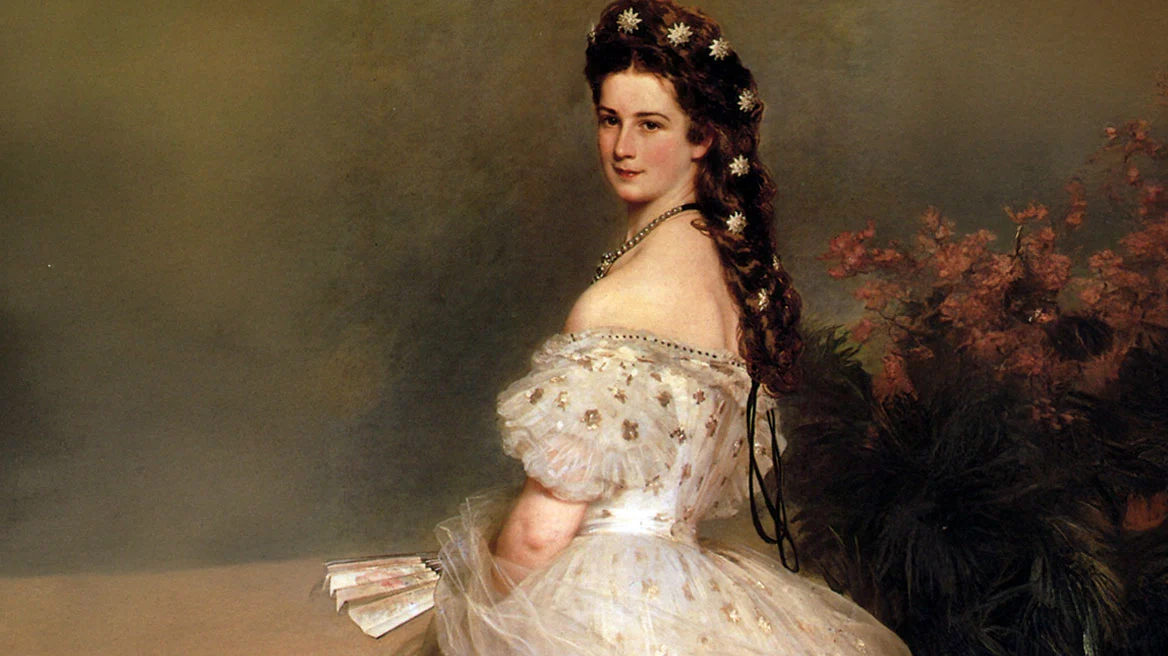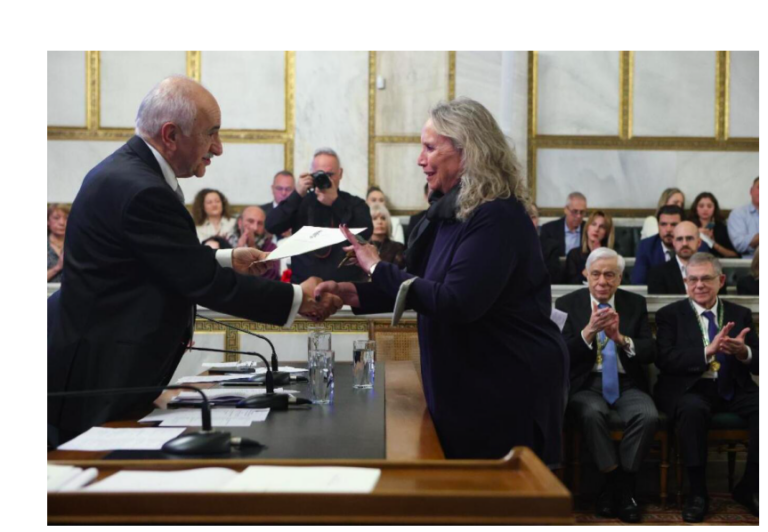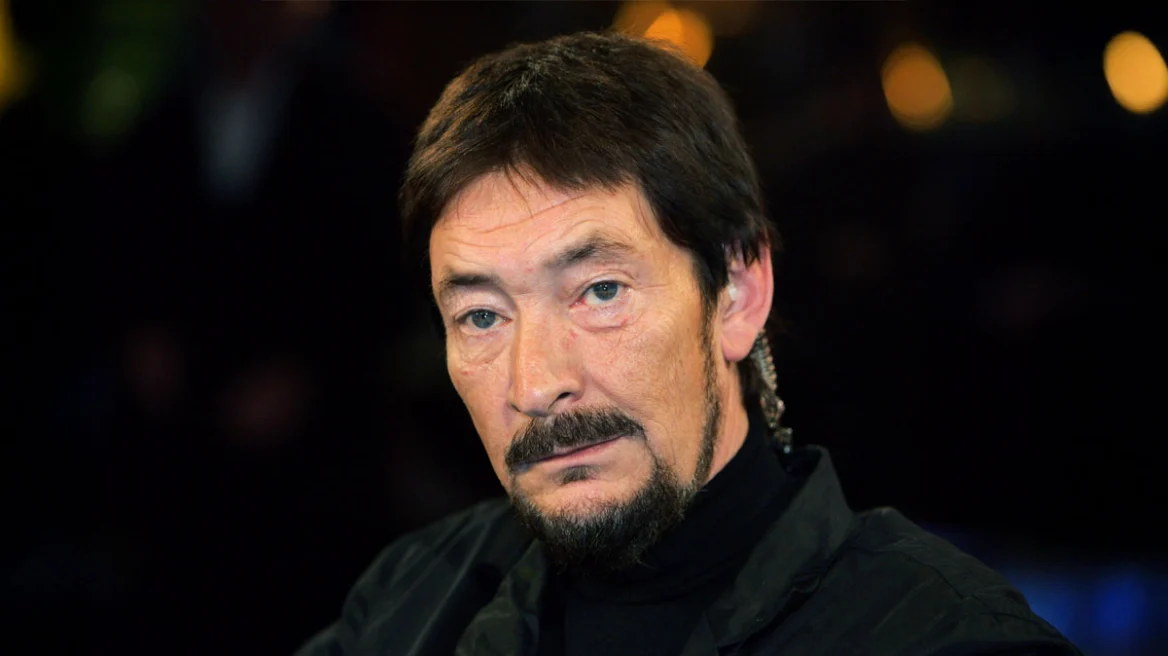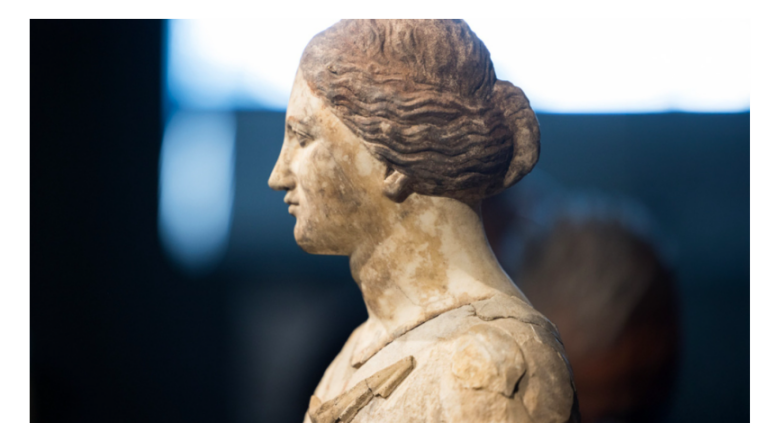For the second consecutive year, Singapore has outpaced Shanghai, Hong Kong, Tokyo, London, and Monaco in terms of luxury goods and services
What defines the world’s most expensive city? Under normal circumstances, this question would seemingly have a straightforward answer. However, the concept of costliness is highly subjective, depending more on the thickness of one’s wallet and personal lifestyle choices rather than simply the prices of goods. Most surveys attempt to answer this question by examining average prices across essential categories like food, clothing, housing, transportation, education, and entertainment.
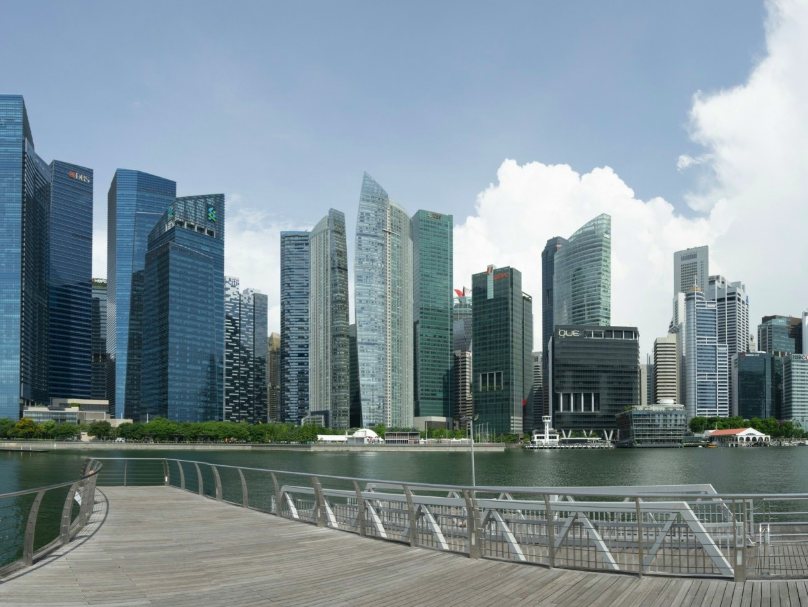
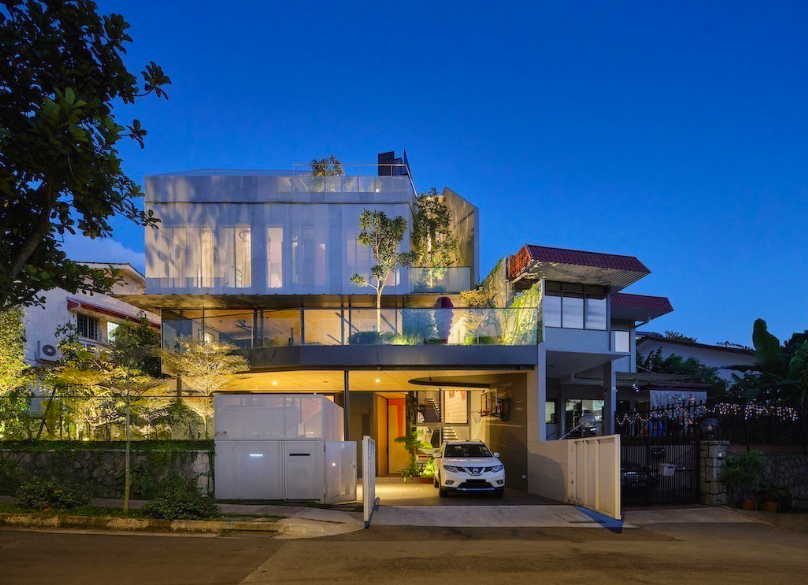
Yet, the Julius Baer Global Wealth and Lifestyle Report offers a different perspective. This annual report ranks cities based on the cost of luxury living, encompassing everything from 250 sq.m. villas with swimming pools to luxury cars, private schools, and haute couture. According to this index, the unequivocal answer to the question of the world’s most expensive “luxurious” city is Singapore.
Singapore, a modern city-state renowned for its commercial prowess and multilingualism (English and Chinese being two of its four official languages), has long served as a hub for global business. Its business-friendly environment, a legacy of British colonial rule, has attracted numerous multinational corporations operating across Southeast Asia and the Far East.
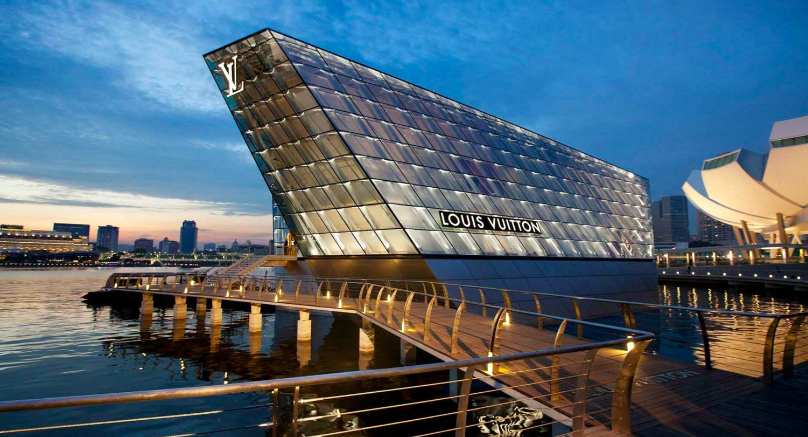
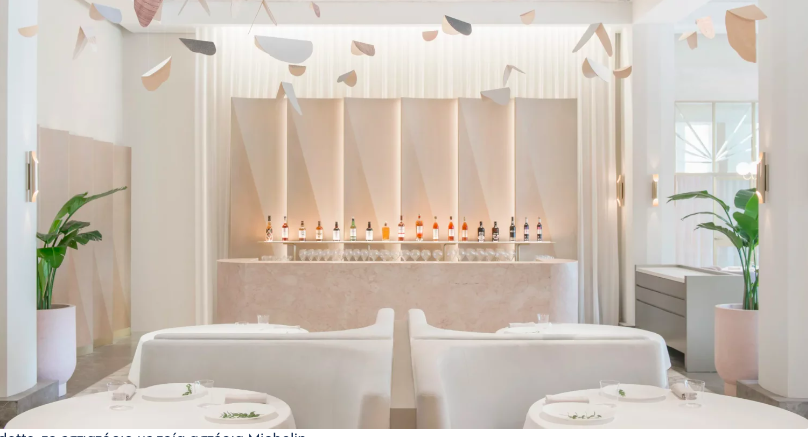
The city-state’s high ranking in the luxury index comes as no surprise. In addition to its affluent local class, Singapore hosts tens of thousands of entrepreneurs and senior executives from China, Southern India, and around the globe, all leading a lavish lifestyle that local businesses strive to cater to.
Housing costs reflect this extravagance. In Bukit Timah, the westernmost district of Singapore’s Central Region, a typical home spans at least 500 sq.m., boasts a 25-meter pool, and lush gardens, and comes with a price tag of just over $3.5 million. Additional essential services such as gardeners, cooks, butlers, maids, and optional tutors and governesses for children are also readily available.
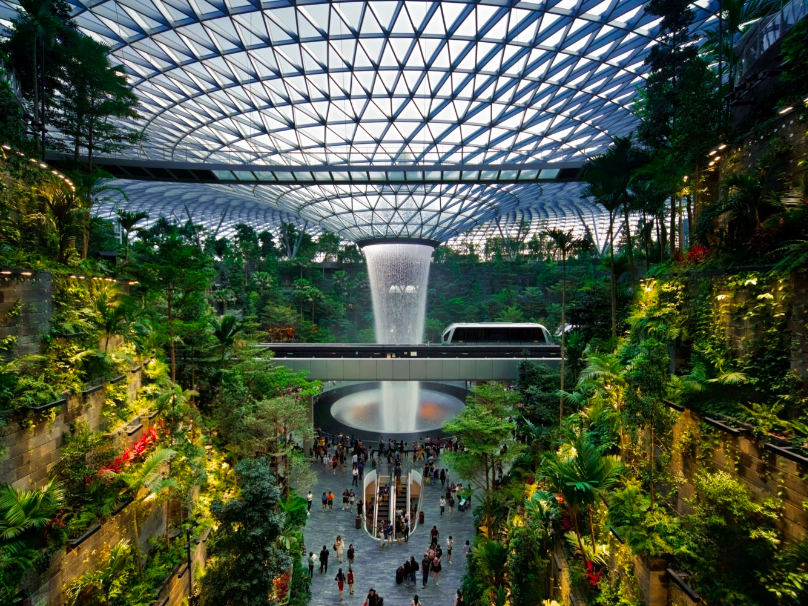
However, extravagance knows no bounds. In 2022, a Victorian mansion owned by a Chinese tycoon, who fled his home country due to political fallout, was sold for $128.8 million. For those seeking more down-to-earth prices, renting a 250 sq.m. luxury residence within 8 km of the city center (where most offices are located) costs upwards of $26,000 per month. These homes are typically found in secure complexes with round-the-clock security.
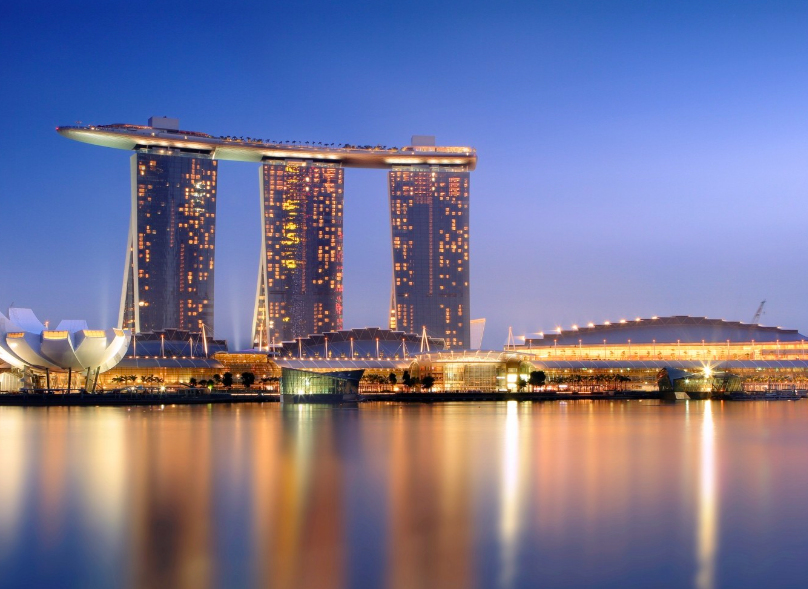
Private education is another pricey affair. Fully English-curriculum schools offering programs like IGSCE, IPC, IB MYP, and IEYC charge approximately $34,000 annually, excluding boarding fees.
What makes Singapore notably expensive, even for luxury items, is its diverse pricing structure. For instance, a Louis Vuitton Nano Speedy bag retails for around $1,650 in Paris and Milan, yet in Singapore’s flagship store, the price exceeds $1,850—an over 12% difference not justified by transportation costs alone.
This trend extends across various goods. Dining at the renowned Meurice Hotel in Paris averages about $120 per person for dinner (excluding wine). By comparison, a similar meal at Odette, an upscale French restaurant in Singapore, costs around $140 per person.

Even in haute couture, prices in Singapore remain steep. Tailored men’s suits, such as cashmere options, can fetch up to $22,000, rivaling those from Saville Row in London. Local tailors like Mohan’s Custom Tailors uphold similar pricing standards.
Similar markups are evident across all luxury categories, spanning jewelry, women’s shoes, watches, whiskey, and high-end beverages. Notably, the only minor decrease (albeit a marginal 1.7%) appears in business class airfares from Singapore’s Changi Airport to popular business hubs like Hong Kong, Shanghai, Jakarta, Macau, and Dubai.
In summary, living in Singapore, the epitome of luxury comes with a price tag that reflects its status as the world’s most expensive city.
Ask me anything
Explore related questions
